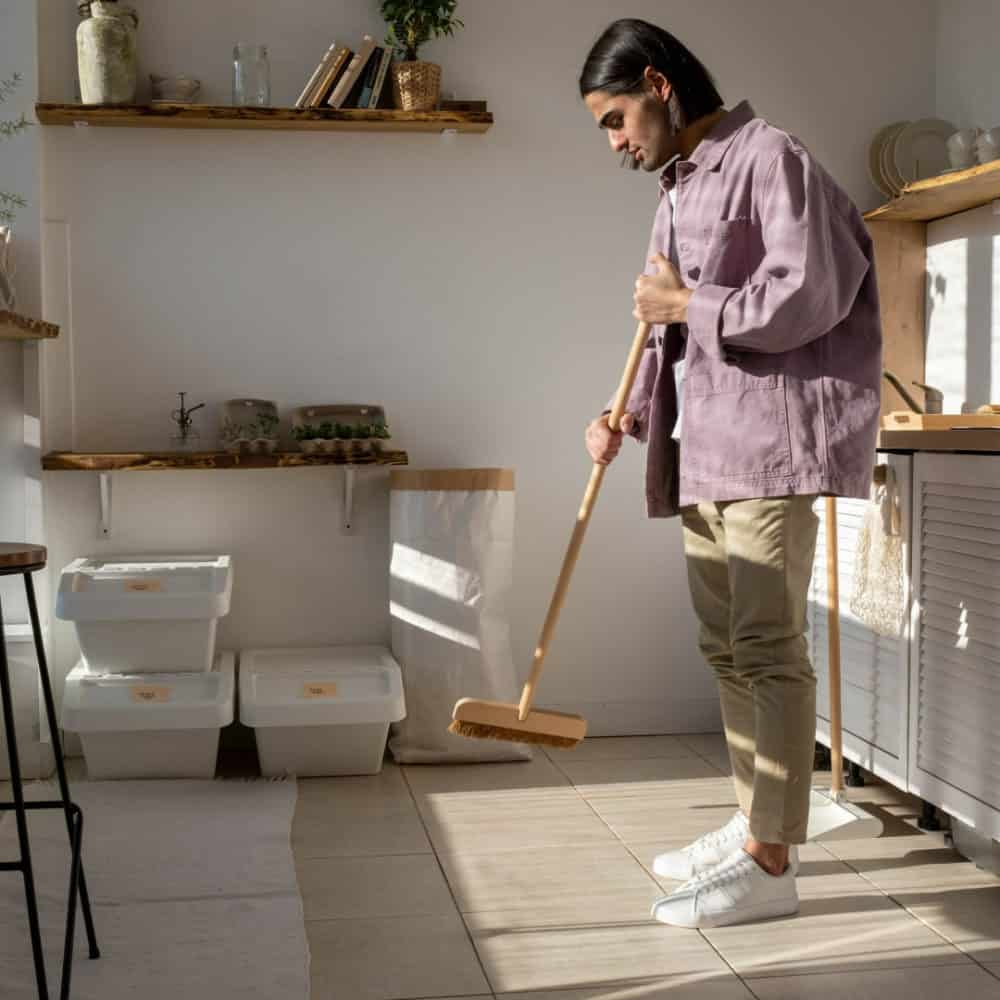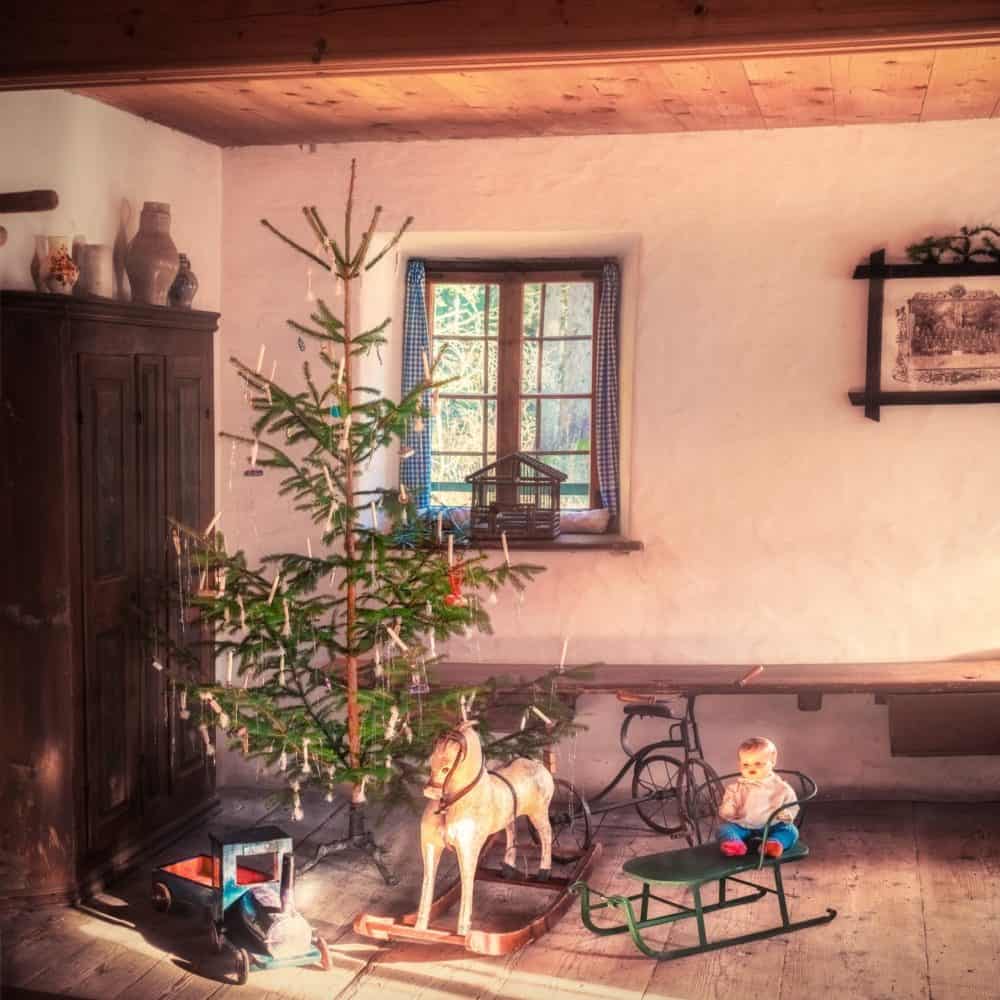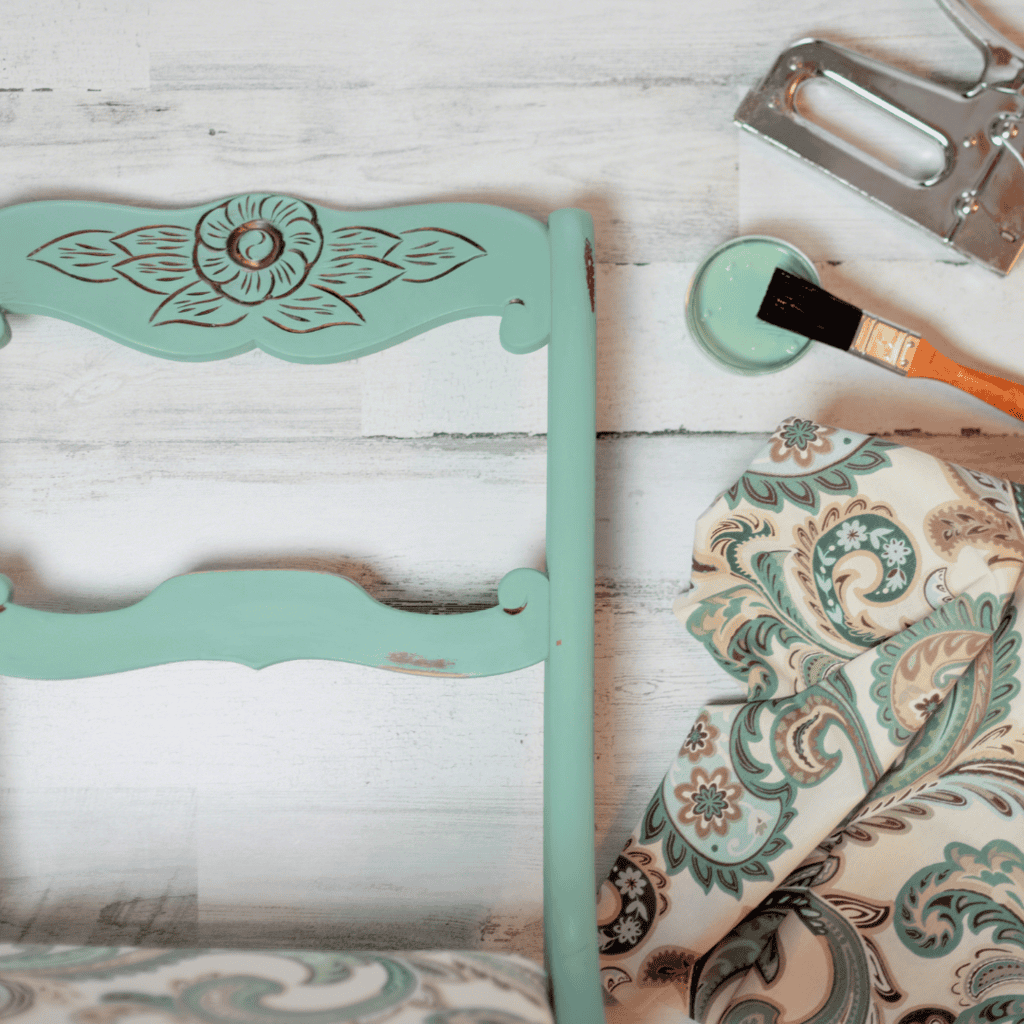
Unleash Your Creative Side: Learn the Art of Painting Furniture
Table of Contents
Are you tired of the same old furniture in your home? Is your inner artist looking to add a touch of creativity and personality to your living space? Painting furniture is an excellent way to transform dull and boring pieces into stunning, eye-catching works of art. Whether you’re a beginner or have some experience skill level with painting, this article will serve as your ultimate guide to mastering the art of painting furniture. From selecting the right materials and tools to exploring different techniques and styles, we’ll take you step by step through the process, ensuring that you achieve professional-looking results every time. So grab your paintbrushes and let’s dive into the world of furniture painting!
Getting started with painting furniture

If you’re a beginner looking to give your old furniture a fresh new look, painting the surface of the furniture is one of the best ways to transform its appearance. With just a few supplies and some basic techniques, you can easily breathe new life into any piece of furniture. This beginner’s guide will give you the unique opportunity and walk you through the steps of getting started with painting furniture.
Prepare the surface by cleaning it thoroughly and sanding down any rough areas or previous finishes. This will ensure that the paint adheres properly and gives a smooth finish. Before applying the paint, make sure to prime if necessary. Primer helps provide better adhesion and improves the durability of your painted furniture.
Recommended Paint options
When it comes to painting furniture, you don’t have to be a professional artist as there are a wide variety of paints available that can transform your old pieces into stunning works of art. As a beginner in the world of furniture painting, it’s essential to understand the different types of paint options you have at your disposal. One popular choice is chalk type paint which provides a modern matte finish and requires minimal preparation before first coat application. Its versatility allows for additional easy distressing if required, giving furniture an aged and rustic look.
Another option is milk paint, known for its eco-friendly composition and ability to create a vintage work of art appearance on furniture. Milk paint comes in powder form and needs to be mixed with water before use. Its unpredictable nature adds charm and character to any makeover pieces you choose to paint. If you prefer a more durable finish, acrylic latex or enamel paints might be a good idea and the right choice for you.
Tools and materials needed for furniture painting
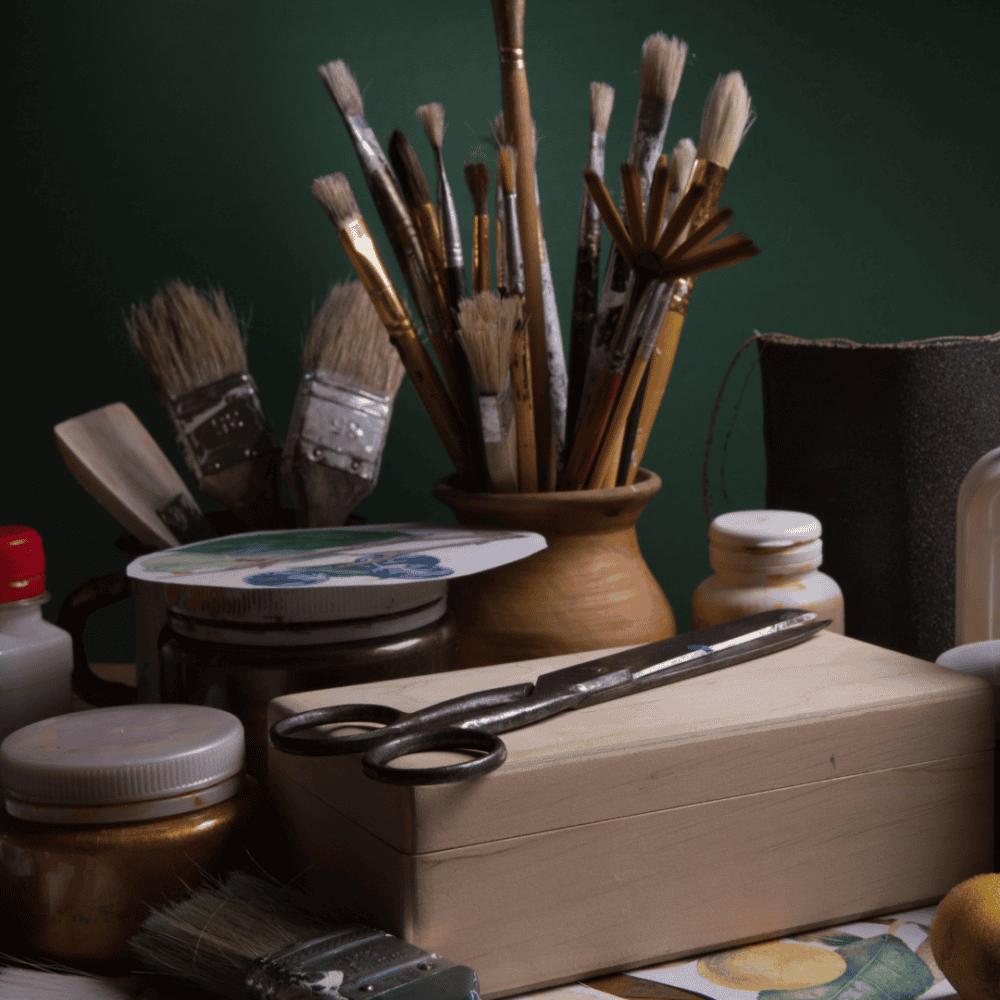
Painting furniture can be a rewarding and cost-effective way to transform your home decor. However, before diving into this exciting DIY project, it’s important to have the right tools and materials on hand. In this beginner’s guide to painting furniture, we will explore the essential items you’ll need for success.
First and foremost, you’ll need some basic tools such as sandpaper or sanding blocks. These are crucial for preparing the surface of your furniture to create a positive impact by removing any existing paint or varnish. Additionally, investing in good quality brushes is essential for achieving smooth and even finishes. Look for brushes with synthetic bristles that are suitable for water-based paints.
In terms of materials, primer is a must-have product when it comes to painting furniture. It creates a stable base coat that helps paint adhere better and promotes durability.
Preparing the furniture for painting
It is essential to prepare the surface properly when painting furniture for optimal results. First, start by cleaning the piece thoroughly using a mild detergent and water solution. This step removes any dust, dirt, or grease that may prevent the paint from adhering properly.
Once your furniture is clean and dry, it’s time to assess its condition and apply your creative energy. Inspect the piece for any loose or damaged parts that may need repair before painting is a great way to start. If there are cracks or holes in wood surfaces, use wood filler to fill them in and sand down any rough spots until smooth. For metal furniture, remove any rust using sandpaper or a wire brush.
Techniques for achieving different paint finishes
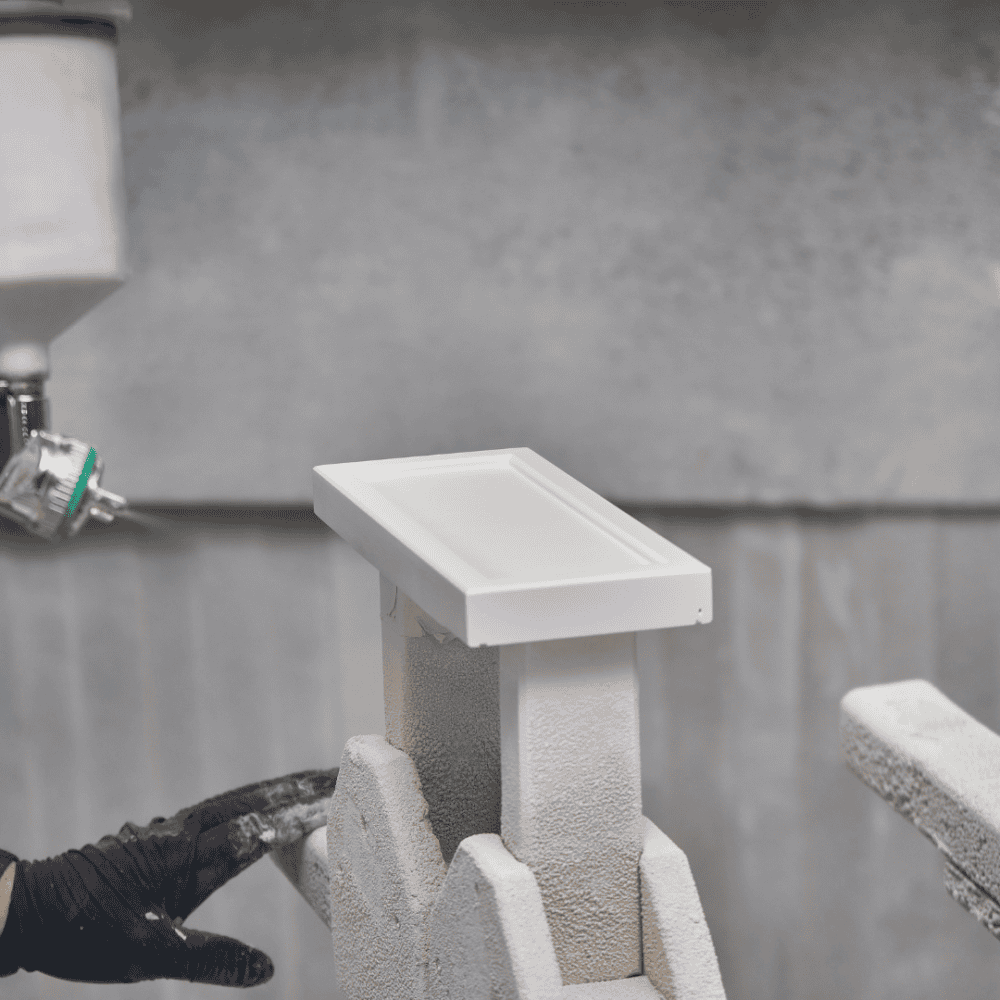
This comprehensive guide will walk you through different techniques for achieving various paint finishes, ensuring that you achieve the desired look every time. Whether you’re aiming for a smooth and glossy finish when painting furniture or seeking to create a distressed and vintage appearance, these techniques will help bring your furniture back to life.
One technique commonly used by beginners is the basic brush-on, light coat method. This involves using a paintbrush to apply an even layer of paint onto the surface of your furniture. For beginners, it’s recommended to start with water-based paints as they are easier to work with and have a faster drying time. Another popular technique is spray painting, which allows for quick and even coverage. Using spray paint requires some practice, but once this creative activity is mastered, it can result in a professional-looking finish.
Tips and tricks for beginners in furniture painting
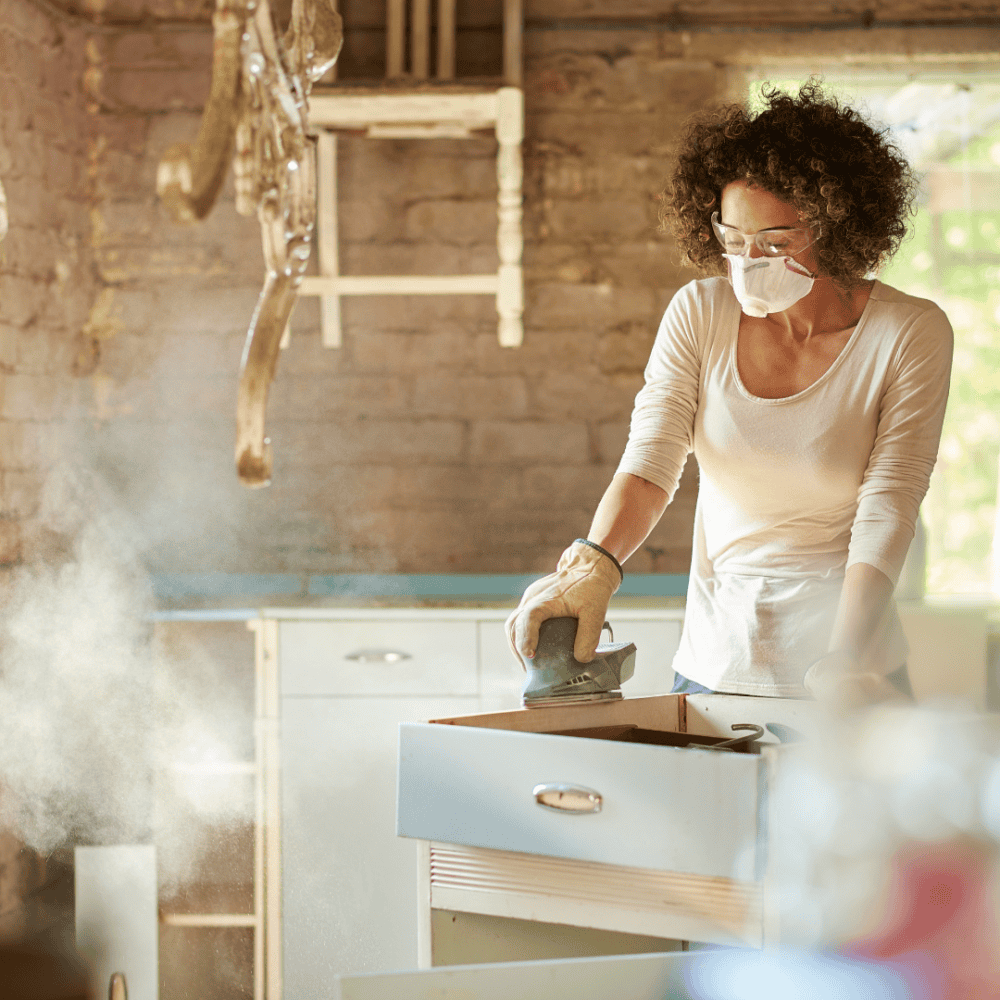
Whether you’re looking to upcycle an old piece or add a personal touch to new furniture, these insights will set you on the right path and we will provide you with valuable tips and tricks to help you navigate the world of furniture painting.
Before diving into your first project, the next simple step is to gather all the essential and necessary tools and materials you will need :
Apron, face mask, paper plate to place brush when painting, sandpaper, primer, paintbrushes or rollers, painter’s tape, clean cloth and of course, your desired paint colors. Don’t forget to protect your own clothes and workspace with drop cloths or newspapers! Once everything is in order, begin by first time putting a face mask on then thoroughly clean and sand the selected piece of furniture. This important step ensures that the paint adheres properly and creates a smooth finish ready for the next step.
Common mistakes to avoid while painting furniture

Painting furniture can be a rewarding and cost-effective way to give your old pieces a new lease on life. Whether you’re a DIY enthusiast with artistic skills or just looking to add a personal touch to your home decor, it’s important to be aware of some common pitfalls that beginners often encounter in the creative process when tranforming old wooden furniture. By avoiding these mistakes, you can ensure that your projects turn out beautifully and stand the test of time.
One of the most common mistakes beginners make is not properly preparing the surface before painting. Neglecting to clean and sand the furniture thoroughly can result in poor adhesion and a less durable final result. Another mistake is using low-quality paint or not using the right type of paint for the material you’re working with. Using cheap or inappropriate paint can lead to chipping, peeling, or an uneven paint cure and finish.
Conclusion: Embrace your creativity and transform your furniture
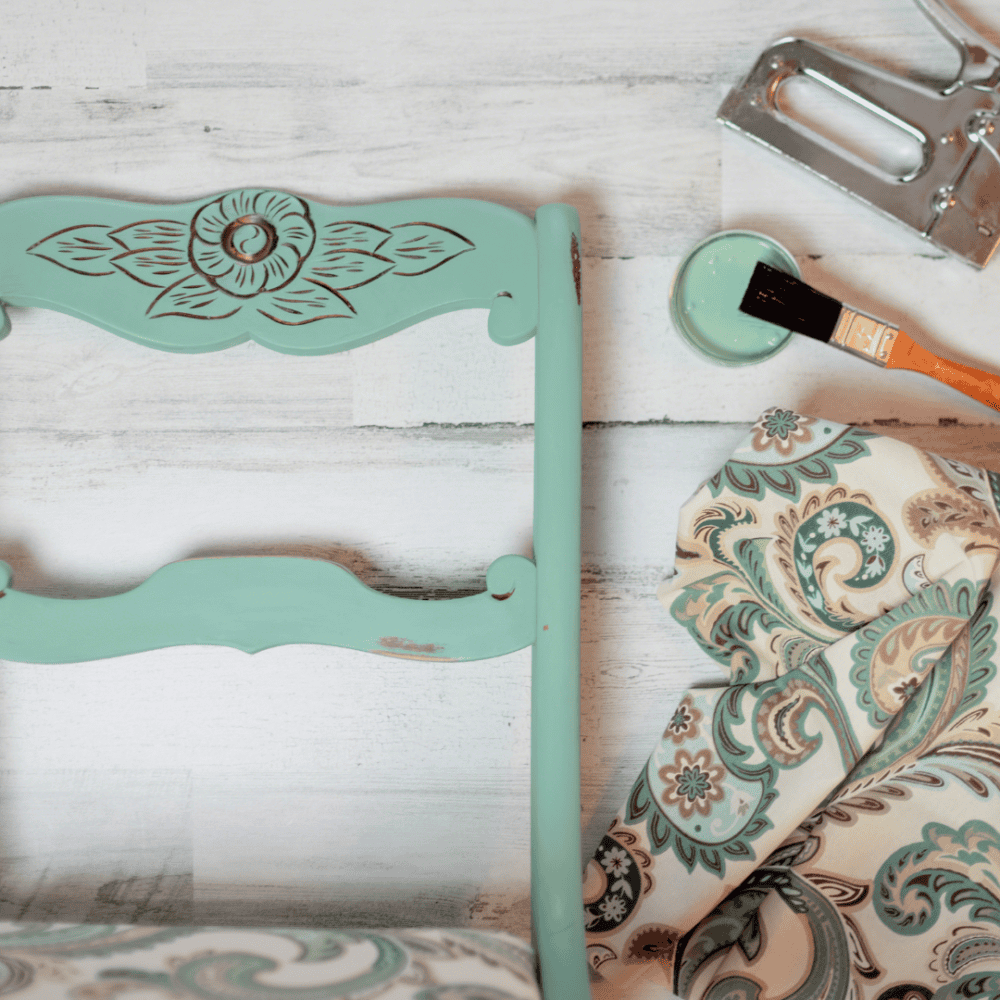
Embracing your creativity and unique touch when transforming your furniture with your new skills can be a rewarding fun hobby and enjoyable experience. By repurposing or upcycling old pieces, you not only save money but also reduce waste and contribute to a more natural world sustainable lifestyle. A DIY creative project allows you to personalize your home decorative items in your own way, creating unique and one-of-a-kind pieces that reflect your personality and style. So why not give it a try? Start small with a simple furniture paint job and gradually work your way up to more complex transformations. The possibilities are endless, so let your imagination run wild and begin transforming your furniture today!


